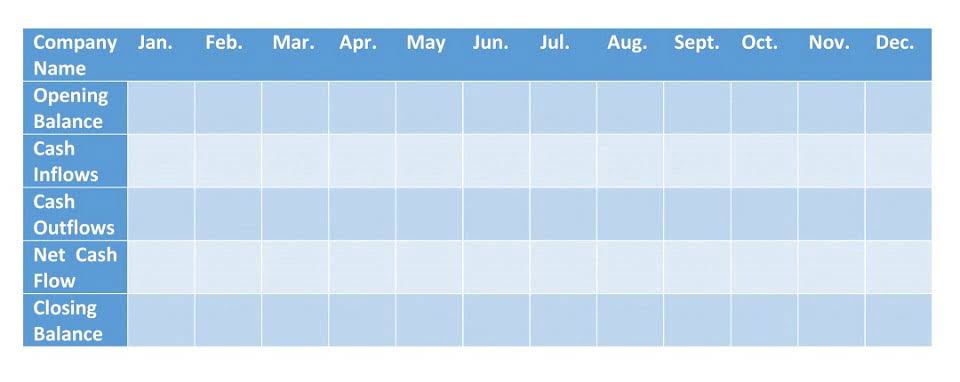
It’s been a decent month and she’ll break even, but she wants to know what the following month might look like if sales increase by 10 percent. If your sales increase by 20 percent, you can expect your total sales value in the upcoming quarter or year to be $90,000. We’ll go through https://www.bookstime.com/ each step and then walk through an example to see the formula in action. While these numbers are only useful in the short term and the process needs repeating, the percentage of sales model allows businesses to make educated decisions about the direction their companies are headed.
US Inflation Falls To 3.2% in October – Slashdot
US Inflation Falls To 3.2% in October.
Posted: Tue, 14 Nov 2023 13:00:00 GMT [source]
It is calculated by dividing the sales of the item in question by the total sales and then multiplying the result by 100. Because the percentage-of-sales method uses common financial ratios and percentages, it’s a good tool for quickly comparing how a company is doing compared to its competitors or the wider market. With a revenue of $60,000, she’s not running a corporation, but she should still expect to run into a small amount of bad debt expense. By looking over her records, she finds that for the month, her credit purchases come to $55,000 (with $5,000 cash). Larger companies allow for a certain percentage of bad credit in their financial analysis, but many small businesses don’t, and it can lead to unrealistic projections and unforeseen loss.
How to calculate step by step
It’s also useful for risk management as it helps anticipate any financial challenges on the horizon, giving companies enough time to change course or correct any errors. At the end of any particular year, the credit balance in this account will fluctuate, but only by coincidence will it be equal to the debit balance in the account Uncollectible Accounts Expense. This assumes that all accounts determined to be uncollectible have already been written off against Accounts Receivable and the Allowance account. When it comes to step costing, think of a variable cost that doesn’t change steadily with increased volume. For example, a purchase discount may be implemented once a specific count has passed, say 10,000 units per year.
The percentage-of-sales method is used to develop a budgeted set of financial statements. Each historical expense is converted into a percentage of net sales, and these percentages are then applied to the forecasted sales level in the budget period. For example, if the historical cost of goods sold as a percentage of sales has been 42%, then the same percentage is applied to the forecasted sales level. The approach can also be used to forecast some balance sheet items, such as accounts receivable, accounts payable, and inventory. The percent of sales method is a financial forecasting model in which all of a business’s accounts — financial line items like costs of goods sold, inventory, and cash — are calculated as a percentage of sales. Those percentages are then applied to future sales estimates to project each line item’s future value.
Sales Forecasting Mistakes That Could Cost You The Business [Free Template]
Simply put, it uses the total sales in a contract, the percentage of sales collected to date, and then calculates the amount of revenue earned. Most business owners will want to forecast things like cash, accounts receivable, accounts payable and net income. Because the percentage-of-sales method works closely with data from sales items, it’s not the best forecasting method for things like fixed assets or expenses.
- The percent of sales method is one of the quickest ways to develop a financial forecast for your business — specifically for items closely correlated with sales.
- Companies with credit sales will want to keep tabs on their accounts receivable to ensure bad or aged debt isn’t building up.
- If you want a more accurate view of the company’s financial health, then the percentage-of-sales method can form part of a more detailed financial outlook statement.
- The business could run into short-term cash flow problems if the ratio is too high.
- Management of XYZ Company meets on an annual basis to discuss the performance of the company and discuss the financial statement outlook.
- The percentage of sales approach is a widely established accounting method.
So it’s not a perfect metric, but for those businesses that use it, the percentage-of-sales method can be a useful predictor of future sales revenue. By no means is meant to be hailed as a definitive document of every aspect of your company’s financial future. If you want a clearer, more accurate picture of where your company percent of sales method formula is headed financially, you’re better off carefully detailed, line-by-line forecast that considers other aspects beyond your sales level. As we will see later the balance in the Allowance for Uncollectible Accounts is simply a result of the entry to record the estimated uncollectible accounts expense for the period.
What is the approximate value of your cash savings and other investments?
Multiply the total accounts receivable by the historical uncollected accounts percentage to predict how much these bad debts might cost for the time period. This takes the credit sales method a step further by calculating roughly how much a company can expect not to be paid back from customers if they haven’t paid their credit sales after 90 days. Even then, you have to bear in mind that the method only applies to line items that correlate with sales. Any fixed expenses — like fixed assets and debt — can’t be projected with the percent of sales method. This recognition model helps accountants determine how much revenue has been earned at any given time.
Now that she has the relevant initial figures, she can move on to the next step. The percentage of receivables method is similar to the percentage of credit sales method, except that it looks at percentages over smaller time frames rather than a flat rate of BDE. To calculate your potential bad debts expense (BDE), simply multiply your total credit sales by the percentage you anticipate losing. The balance in this account will always be a function of a predetermined percentage of credit sales when the net-sales method is used. The percentage of sales method is an accepted accounting method that records the amount of revenue an organization has earned based on sales and the percentage of those sales that have been collected to date. This method is suitable when an organization cannot reasonably estimate the number of sales or the contract’s end date.
